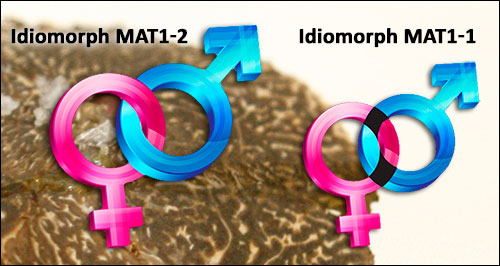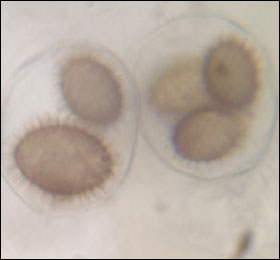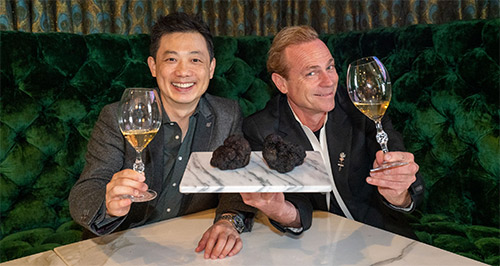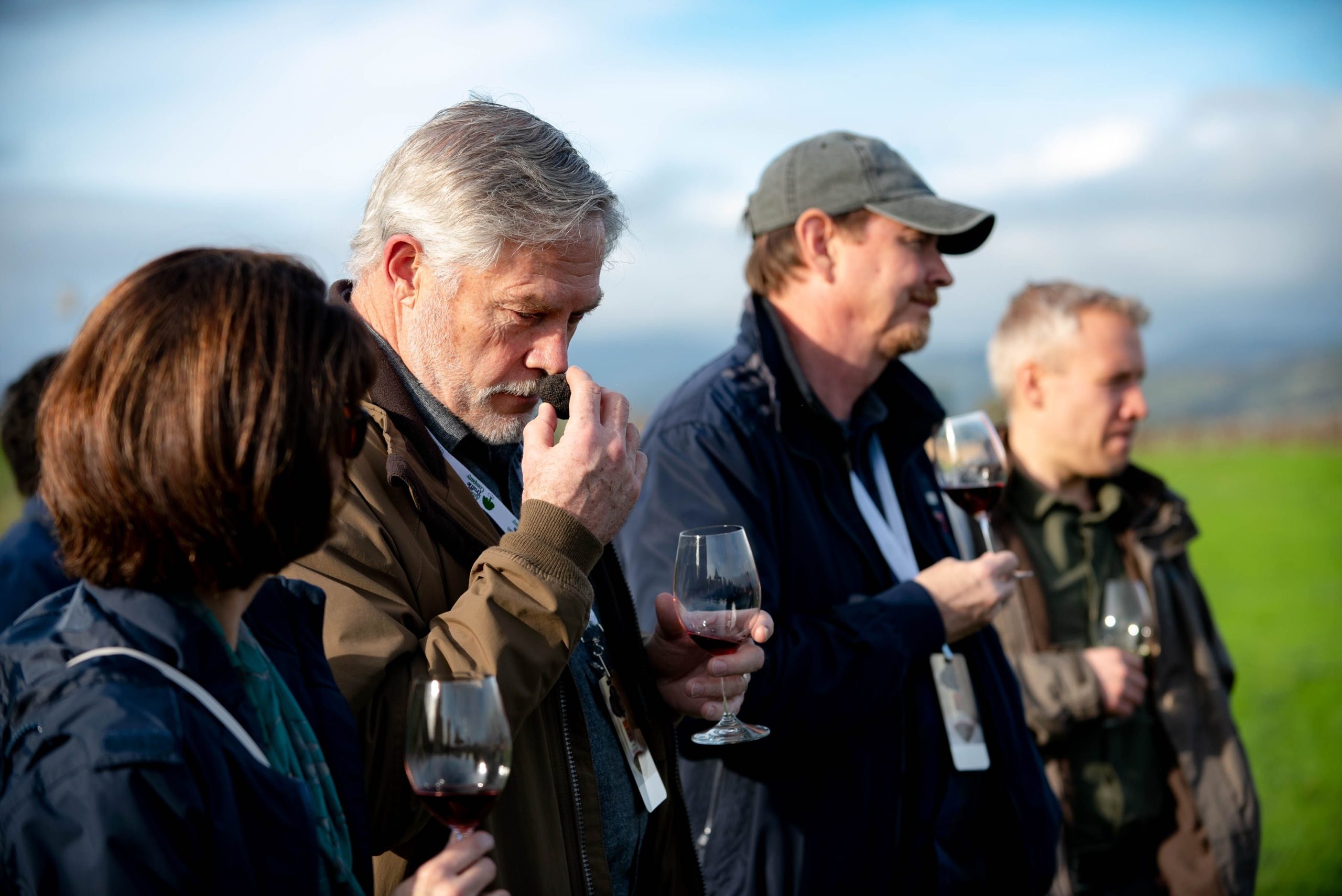 |
Despite the traditional focus by truffle cultivation researchers and practitioners on site selection and in-field methodologies, it is a new genetic understanding that represents a new frontier. In 2010 the genome of Tuber melanosporum (black European truffles), the world’s most commercially valuable cultivatable truffle species and the focus of American Truffle Company’s ongoing research and partnership developments, was sequenced for the first time (Martin et al. 2010).
Previously, it was believed that these truffles could be produced without the need for a mating partner, but the groundbreaking unraveling of the T. melanosporum genome eventually led to clear evidence that sexual reproduction is actually common place and that there are two key mating types involved (Martin et al. 2010; Rubini et al. 2011), identified as MAT1-1 idomorph and MAT1-2 idomorph.
While one study claimed that mating-type dominance could be a reason for poor-production on some sites, this was discounted by other researchers who found that 50% of host trees producing T. melanosporum fruiting bodies and 42.9% of host trees not currently producing T. melanosporum fruiting bodies had both mating types present.
 |
 |
 |
Further, it was hypothesized that the reason why both mating types were not found on all in-field trees, was due to insufficient sampling.
Theoretically, it is possible for mating-type dominance to be an issue within an orchard and there are several potential corrective methodologies. Perhaps the most promising is the introduction of host plants colonized with opposing mating types, however, there is a strong need for further in-depth investigation in order to assess these practical in-field methodologies. This is something that we at American Truffle Company are giving a great deal of thought and time to. Read the full scientific paper here.
If you have any questions, or if you’re interested in cultivating your own truffle orchards, please contact us.
Dr. Paul Thomas
Chief Scientist
American Truffle Company



